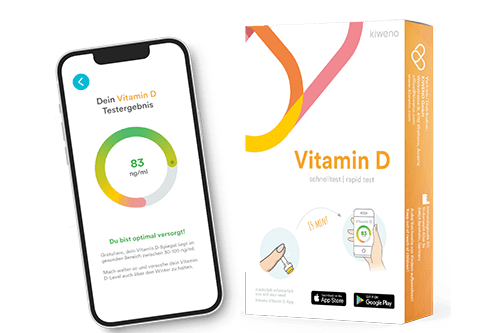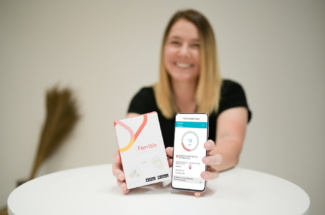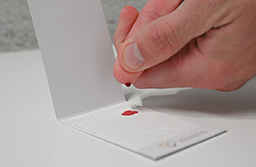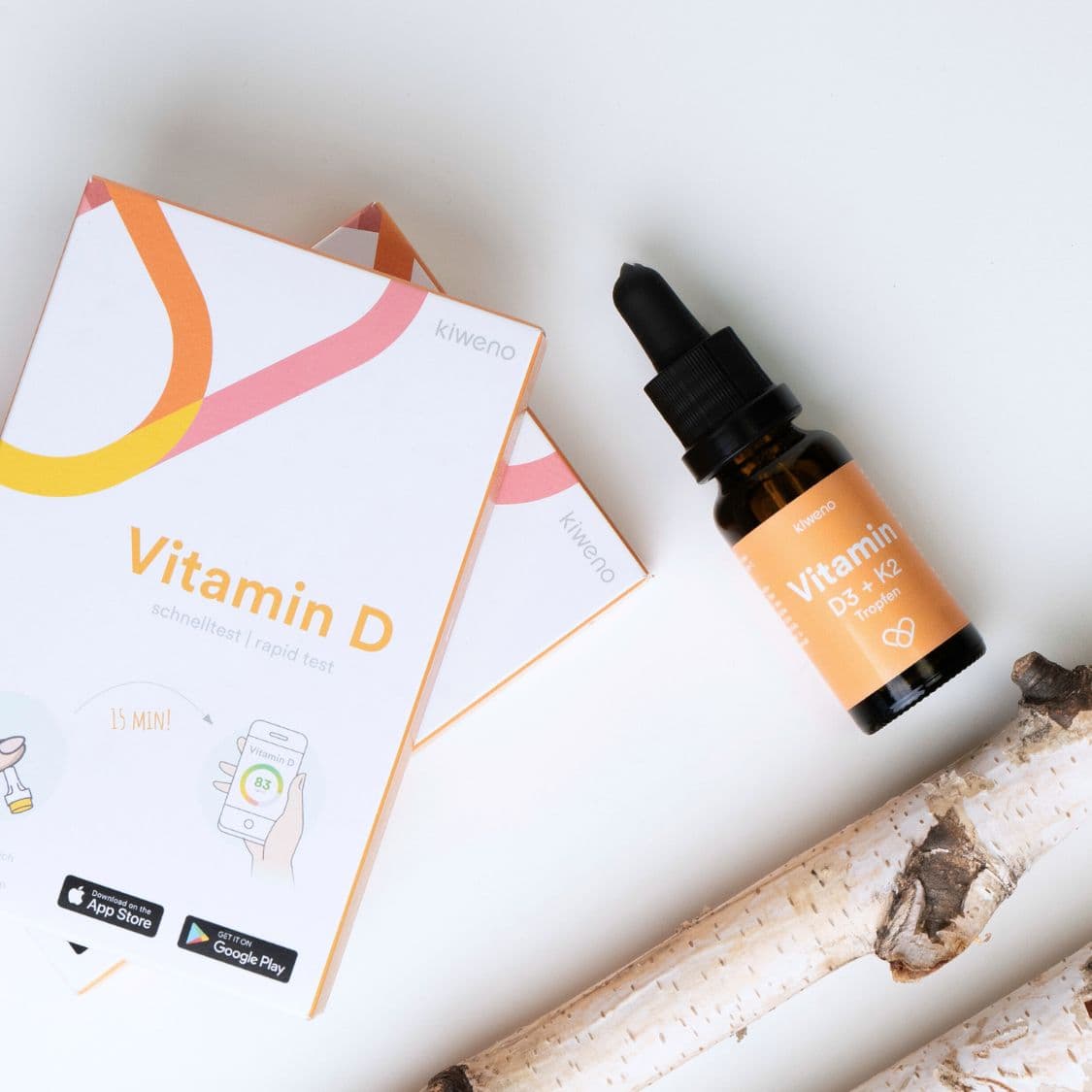
Your vitamin D result – now what?
We have now tested your supply of vitamin D: namely the concentration of the precursor of biologically active vitamin D, the so-called 25-hydroxy-vitamin D (calcifediol). Your supply of vitamin D is only guaranteed if calcifediol levels are sufficiently high. With this test, all precursors of vitamin D in the body can be determined, whether via self-synthesis, food or supplements.
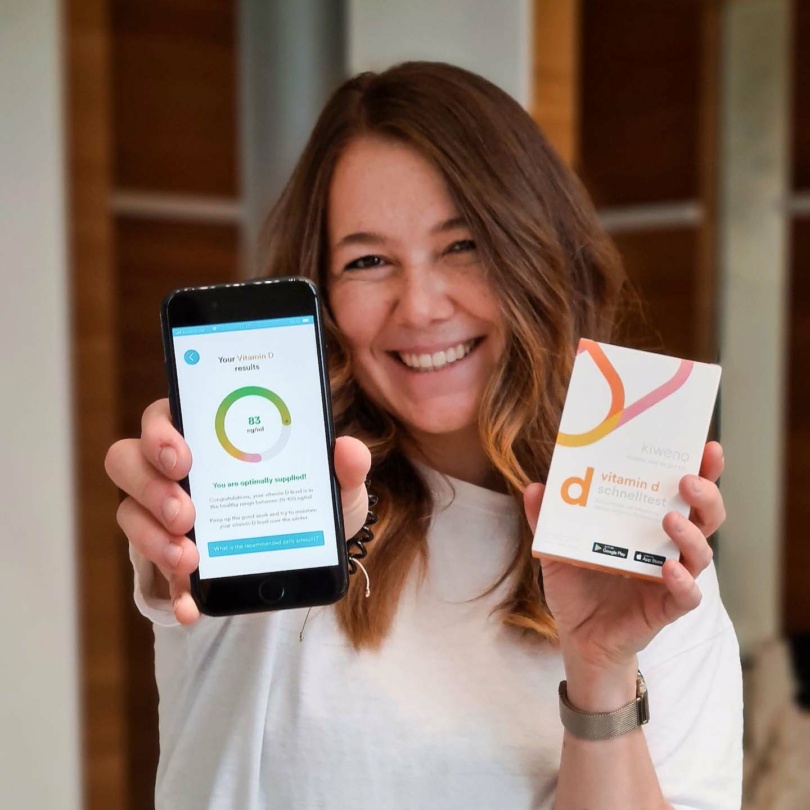
The results of the vitamin D rapid test are divided into 4 levels by kiweno:
- 0-10 ng/ml — deficiency
- 11-30 ng/ml — insufficient supply
- 31-100 ng/ml — optimal supply
- > 100 ng/ml — oversupply
Attention: In case of a (severe) deficiency or overdose, consult your doctor or pharmacist to determine a supplementation that is right for you.
On this page we have compiled some more information to accompany you on your way.
Dr. med. Roland Fuschelberger
Dr. med. Roland Fuschelberger is the medical director of kiweno as well as an experienced internist and general practitioner with the necessary view beyond conventional medicine. He has accompanied kiweno since the beginning and assists with his medical knowledge.
Below you will find general recommendations from our doctor Roland Fuschelberger, MD, on the dosage of vitamin D.

Dosage of vitamin d
In case of a severe deficiency (less than 10 ng/ml)
Das Auffüllen des Vitamin D Speichers:
Ich empfehle bei einem Mangel an Vitamin D eine Supplementierung mit Vitamin D3. Dafür ist in der ersten Zeit eine höhere Dosierung zum Auffüllen der Speicher sinnvoll und anschließend wird auf eine geringere Tagesdosis gewechselt.
Außerdem ist eine Co-Supplementierung mit Magnesium und Vitamin K2 zu empfehlen. Diese essentiellen Kofaktoren helfen bei der Aufnahme und Aktivierung von Vitamin D im Körper.
Bei einem schweren Mangel (unter 10 ng/ml)*: hier rate ich zu einer Beratung beim Hausarzt.
In den Sommermonaten kann (je nach Wohnort und Dauer der Sonnenbäder) eventuell auch die direkte Sonneneinstrahlung den Vitamin D Speicher wieder auffüllen. Im Winter ist das leider meistens nicht ausreichend möglich. Mehr Informationen dazu findest du in diesem Artikel.
*Die Angaben gelten für Personen im mittleren Alter, ohne Vorerkrankung, mit circa 70 kg und entsprechen den gesetzlichen Richtlinien, welche auch von der EFSA geprüft sind.
In case of a deficiency (below 30 ng/ml)
Das Auffüllen des Vitamin D Speichers:
Ich empfehle bei einem Mangel an Vitamin D eine Supplementierung mit Vitamin D3. Dafür ist in der ersten Zeit eine höhere Dosierung zum Auffüllen der Speicher sinnvoll und anschließend wird auf eine geringere Tagesdosis gewechselt.
Außerdem ist eine Co-Supplementierung mit Magnesium und Vitamin K2 zu empfehlen. Diese essentiellen Kofaktoren helfen bei der Aufnahme und Aktivierung von Vitamin D im Körper.
Bei einem Mangel (unter 30 ng/ml)*: 20.000 I.E. über eine Woche verteilt
Ich empfehle außerdem die gleichzeitige Supplementierung mit:
- täglich 200µg Vitamin K2
- täglich 200mg Magnesium
*Die Angaben gelten für Personen im mittleren Alter, ohne Vorerkrankung, mit circa 70 kg und entsprechen den gesetzlichen Richtlinien, welche auch von der EFSA geprüft sind.
In den Sommermonaten kann (je nach Wohnort und Dauer der Sonnenbäder) eventuell auch die direkte Sonneneinstrahlung den Vitamin D Speicher wieder auffüllen. Im Winter ist das leider meistens nicht ausreichend möglich. Mehr Informationen dazu findest du in diesem Artikel.
Optimal supply (between 30 and 100 ng/ml)
Für das Halten eines optimalen Vitamin D Speichers im Körper (zwischen 30 und 100 ng/ml) ist folgende Supplementierung zu empfehlen*: täglich bis zu 4.000 I.E.
Zusätzlich empfehle ich zur besseren Aufnahme die gleichzeitige Supplementierung mit:
- täglich 200µg Vitamin K2
Oder in den Sommermonaten:
- tägliches Sonnenbad von mindestens 15 Minuten mit direkter Sonneneinstrahlung auf die nackte Haut in der Mittagszeit
Dies gilt ebenso für Personen, die ihren Vitamin D Spiegel im ersten Schritt aufgefüllt haben und ihren Level erhalten möchten.
*Die Angaben gelten für Personen im mittleren Alter, ohne Vorerkrankung, mit circa 70 kg und entsprechen den gesetzlichen Richtlinien, welche auch von der EFSA geprüft sind.
Oversupply (over 100 ng/ml)
Ein Wert über 100 ng/ml ist auf natürlichem Wege kaum zu erreichen, da unser Körper ab einem gewissen Punkt kein Vitamin D mehr produziert (auch bei viel Sonnenexposition).
Daher entsteht ein Wert über 100 ng/ml meist durch Einnahme von Vitamin D-Präparaten.
Da eine starke Überdosierung auf lange Zeit schädlich für den Körper sein kann, empfehle ich die Einnahme von Supplementen zu beenden.
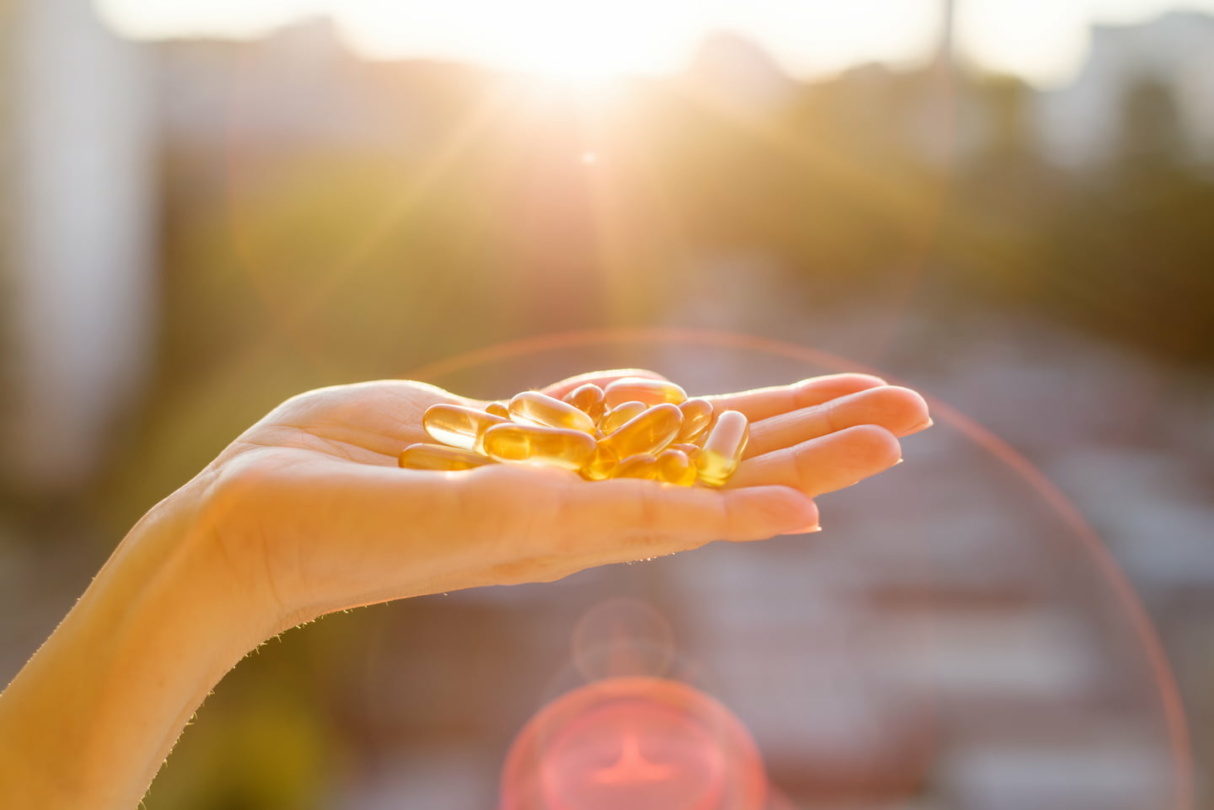
Find your vitamin D supplement
Current nutrition reports show that there is a need for action in terms of micronutrient supply. About half of the population is not sufficiently supplied with vitamin D, and zinc, folate (folic acid) and iron are also among the critical micronutrients.
A balanced micronutrient balance is essential for health and well-being. High-quality micronutrients can provide support in the daily supply. Provided that the quality is right.
Purchase criteria
As with food, the same applies to micronutrients: Quality determines their benefits. Because it is precisely this that makes the decisive difference for the success of the application. This is also the reason why it is worth taking a critical look at the label or the website of the micronutrient brand before buying.
- Quality standards
Micronutrient manufacturers are subject to food law and can, of course, voluntarily prescribe even stricter quality standards than those prescribed by law. The standards of the globally recognized American Pharmacopoeia (USP) are particularly comprehensive in the qualification of raw materials or in the testing methods. These include even more guidelines than the European Pharmacopoeia. - Scientifically based formulations
Gold-standard studies, meta-analyses, and reviews of double-blind randomized and placebo-controlled trials should form the basis for product development. - Tested ingredients
The greatest possible effects can only be expected if the ingredients are of excellent quality. Therefore, it is important that only qualified raw materials are used. You can recognize high quality by the fact that the micronutrients have been tested by independent institutions and found to be good. One example is the Cologne List® – the database for dietary supplements with minimized doping risk. - Optimal compatibility
Dietary supplements should be hypoallergenic, i.e. they should not contain unnecessary additives and preservatives such as release agents, colorants, coatings or trans fats. If this is the case, the products are suitable even if you are prone to intolerances. - Ideal bioavailability
Bioavailability describes the measure of how much of a micronutrient the body can absorb and use. Organically bound minerals and trace elements as well as vitamins active in metabolism are known to the body.
Keep an eye on your vitamin D level in the long term
If you decide to counteract a deficiency with vitamin D supplements, it makes sense to check your progress after some time and keep an eye on your levels over time.
This will show you how effective your supplementation is and whether you should talk to your trusted doctor about a different dosage.
